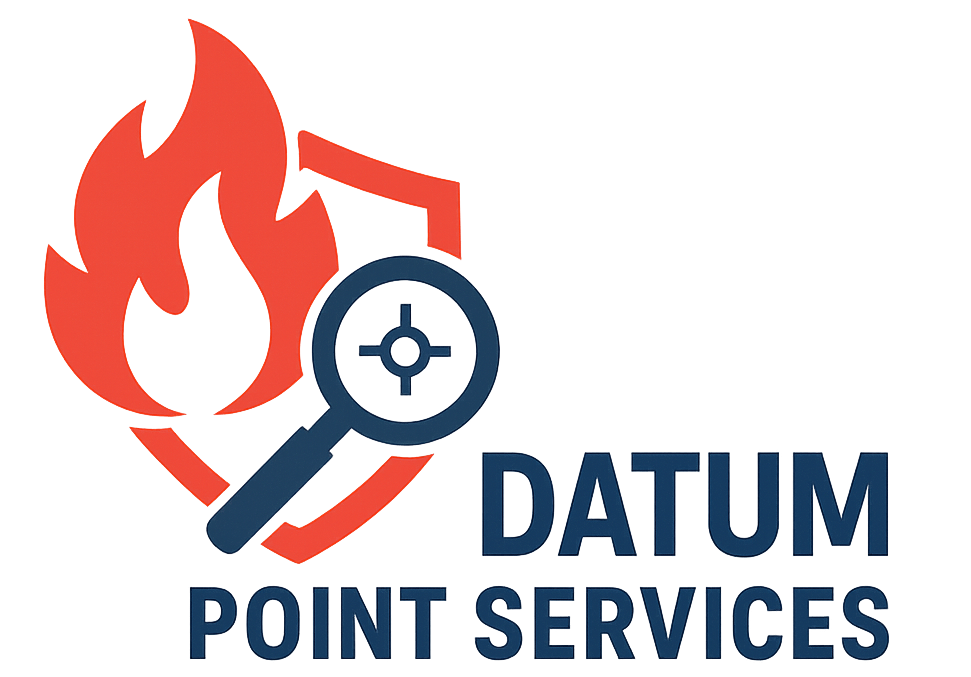Could Hidden Fire & Security Flaws Sink Your Multi-Million Dollar Acquisition?
— By Daniel, Life Safety & Security Analyst, Datum Point Services
I’ve sat in boardrooms where everyone nodded in agreement: “We’ve inspected the fire alarm and security system—check.”
But I’ve also seen checkmarks become the flimsy line between a sound investment and a catastrophic loss.
Before signing on the dotted line, ask yourself: do you know what’s lurking behind that “inspected” label?
Are You Asking the Hard Questions—or Just the Easy Ones?
- Who holds the undocumented master codes buried in your control panels?
- Were every technician’s credentials and background checks verified?
- Can the system seamlessly switch from evacuation to lockdown when seconds count?
If you can’t answer confidently, you’re gambling with millions of dollars—and with lives.
The Illusion of Standard Inspections
Most due diligence stops at functionality: “Does the alarm sound?” But real risks hide in the details—corroded wiring, disabled tamper switches, lapsed service contracts, or sensors in critical zones like chemistry labs and commercial kitchens.
These flaws won’t surface in a cursory walkthrough; they fester until the moment of truth.
Why Forensic Audits Matter
Our forensic approach dives deeper. We don’t just flip switches—we stress-test system logic under simulated fire, power loss, and active shooter scenarios.
We map every device, cross-check maintenance logs, and unearth undocumented alterations.
This is the evidence insurers scrutinize when deciding whether to pay—or deny—your claim.
Our Three Pillars of Protection
- Compliance: We verify that every alarm, detector, and suppression line was built and maintained to the exact code—no shortcuts tolerated.
- Negligence: We probe service histories and system programming to expose deferred maintenance and unauthorized modifications.
- Truth: We deliver scientifically backed findings that stand up in court, turning ambiguity into airtight evidence.
Don’t Let Hidden Faults Torpedo Your Deal
In M&A, speed and price often steal the spotlight.
But a single overlooked fault can transform a prized campus or commercial portfolio into a multi-million-dollar liability overnight.
True asset protection demands more than a checkbox—it requires relentless curiosity, deeper analysis, and the willingness to question every assumption.
If you’re closing on a university, school district, or corporate facility, ask yourself: is your due diligence just scratching the surface, or is it forensically sound?
If there’s even a flicker of doubt, let’s talk because the only thing more expensive than a thorough audit is the cost of being wrong.


